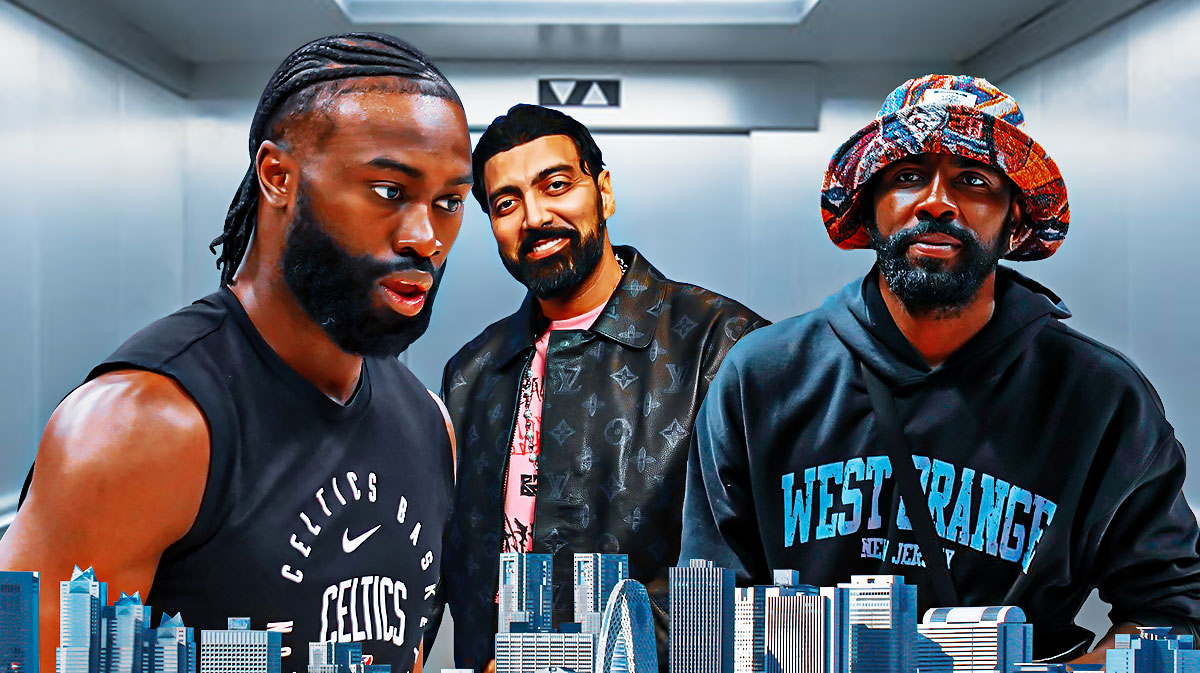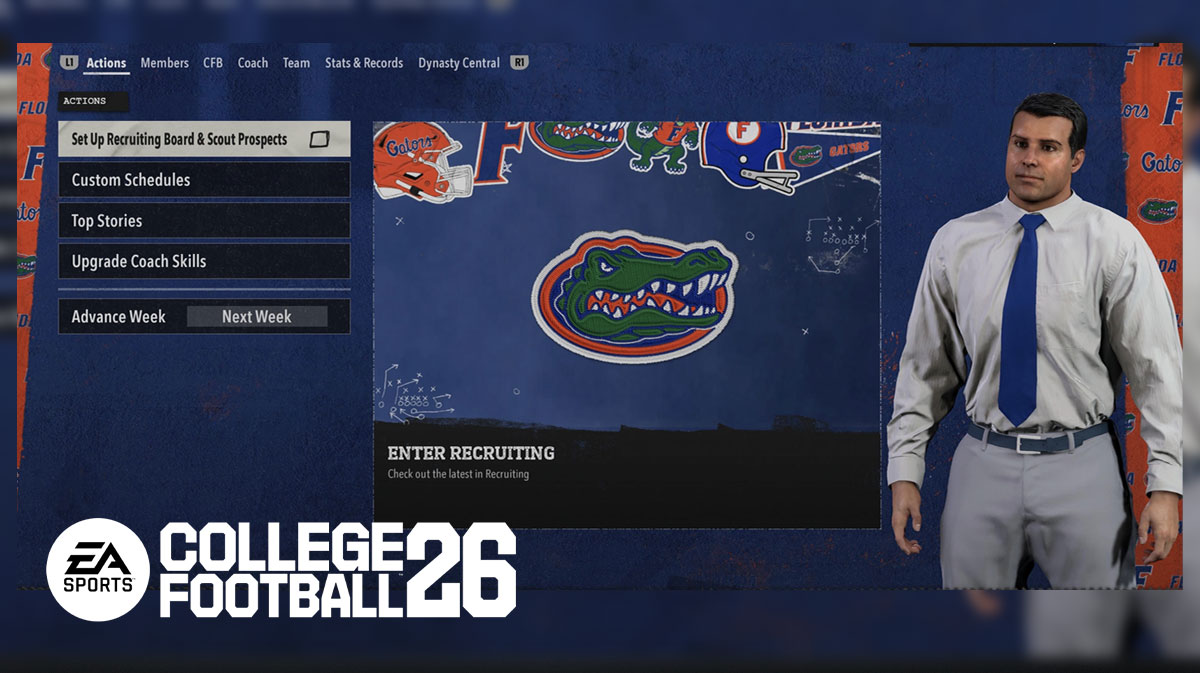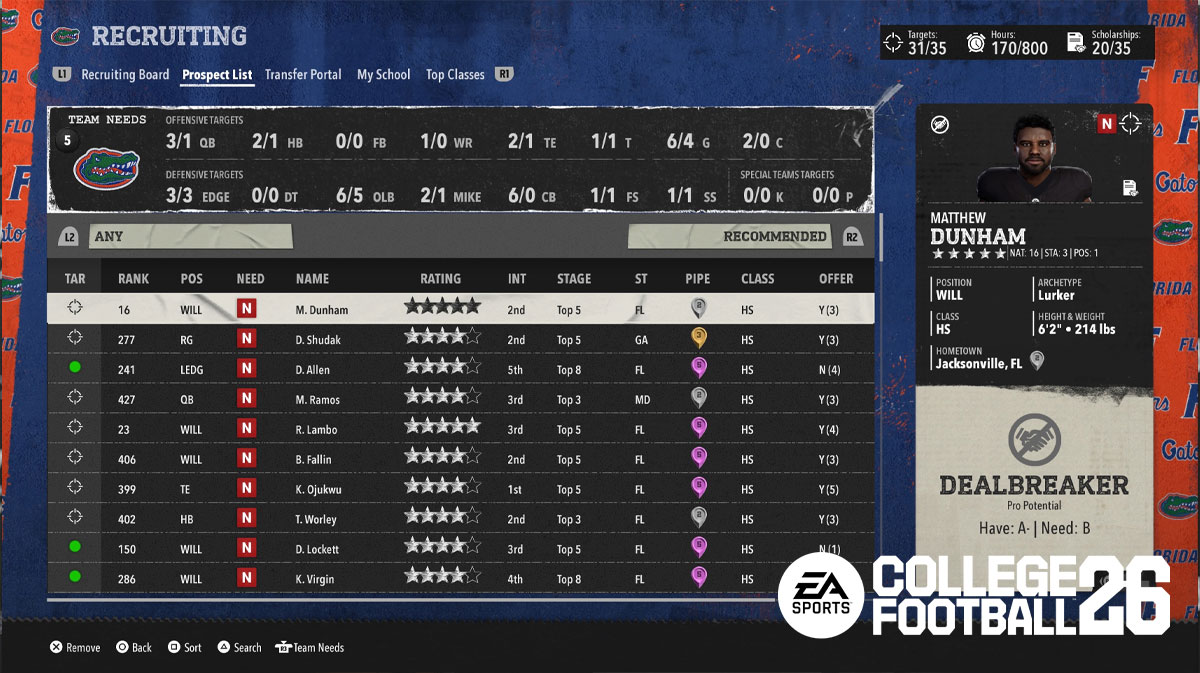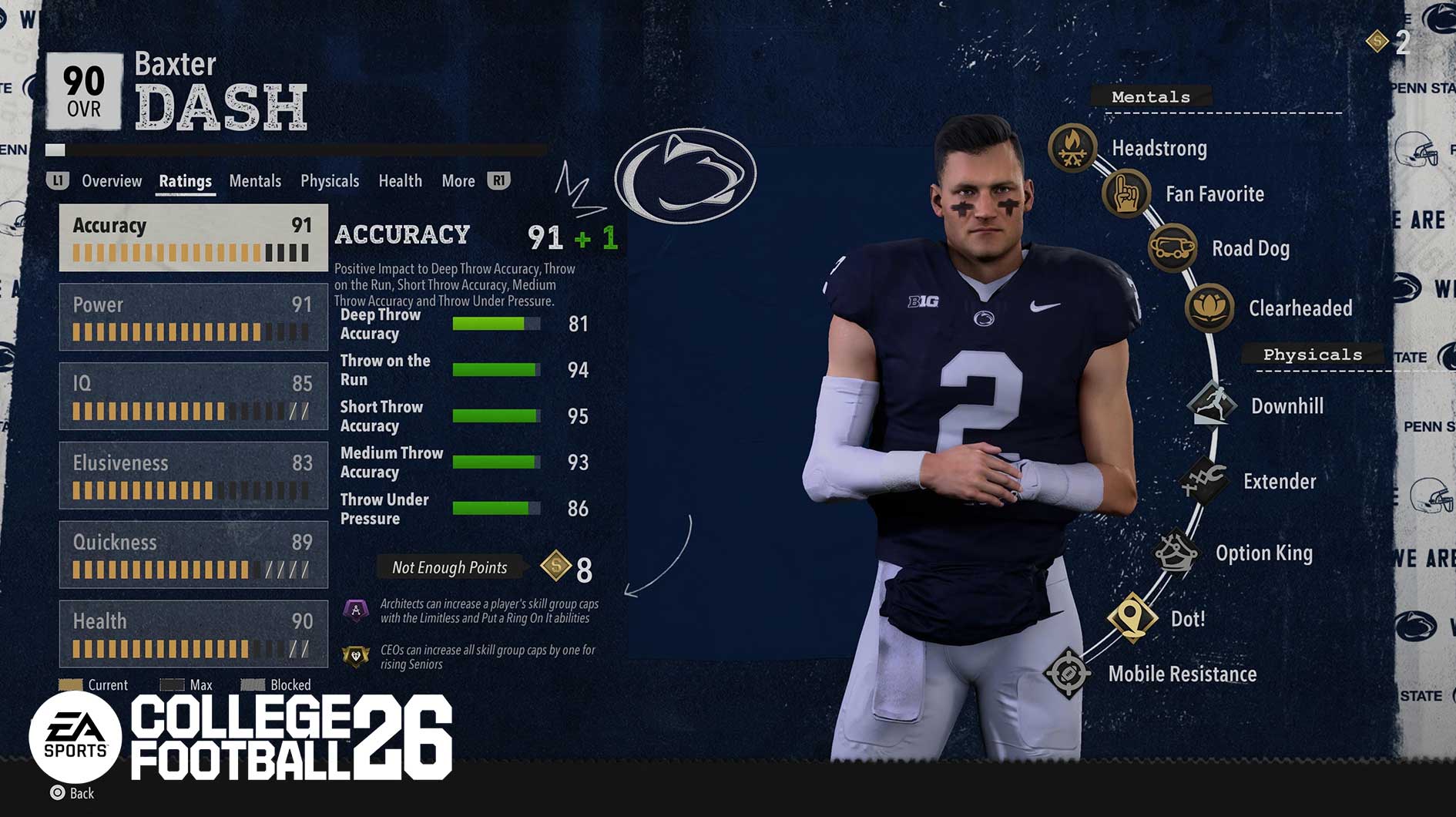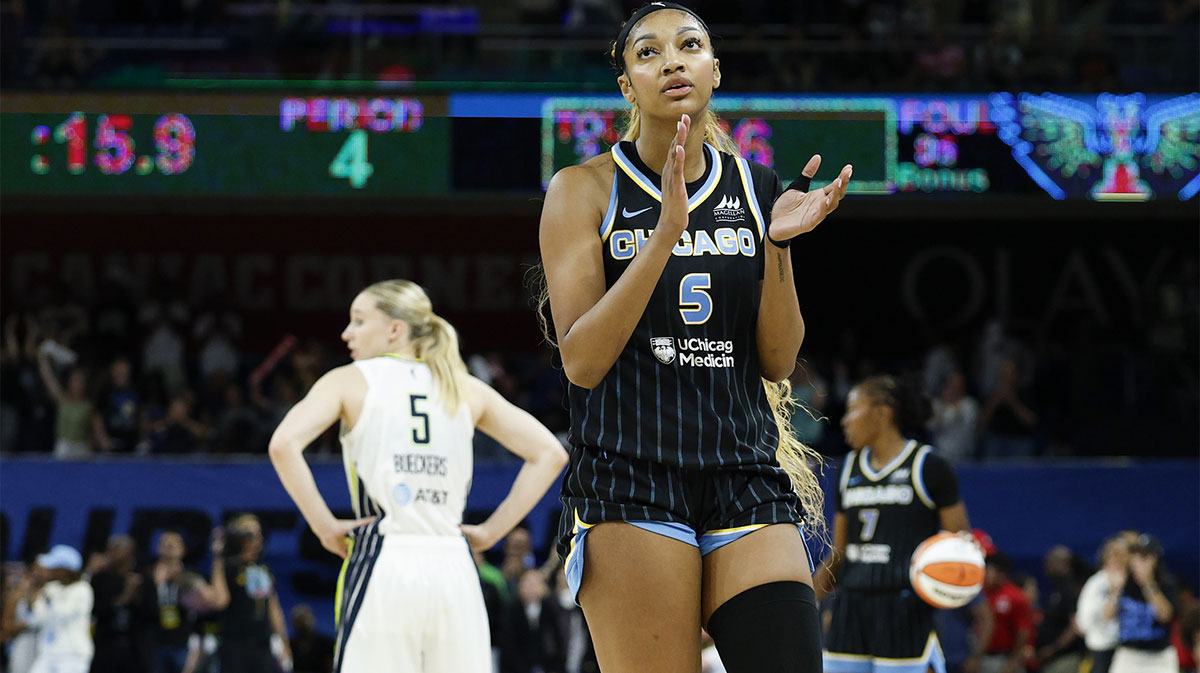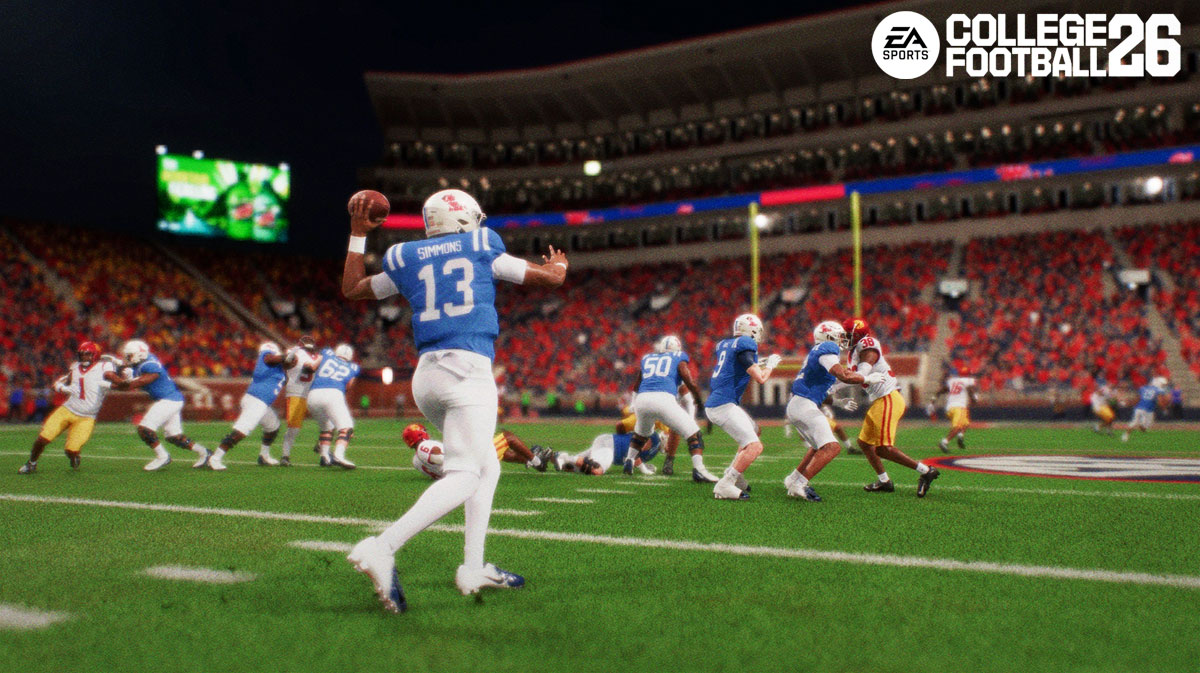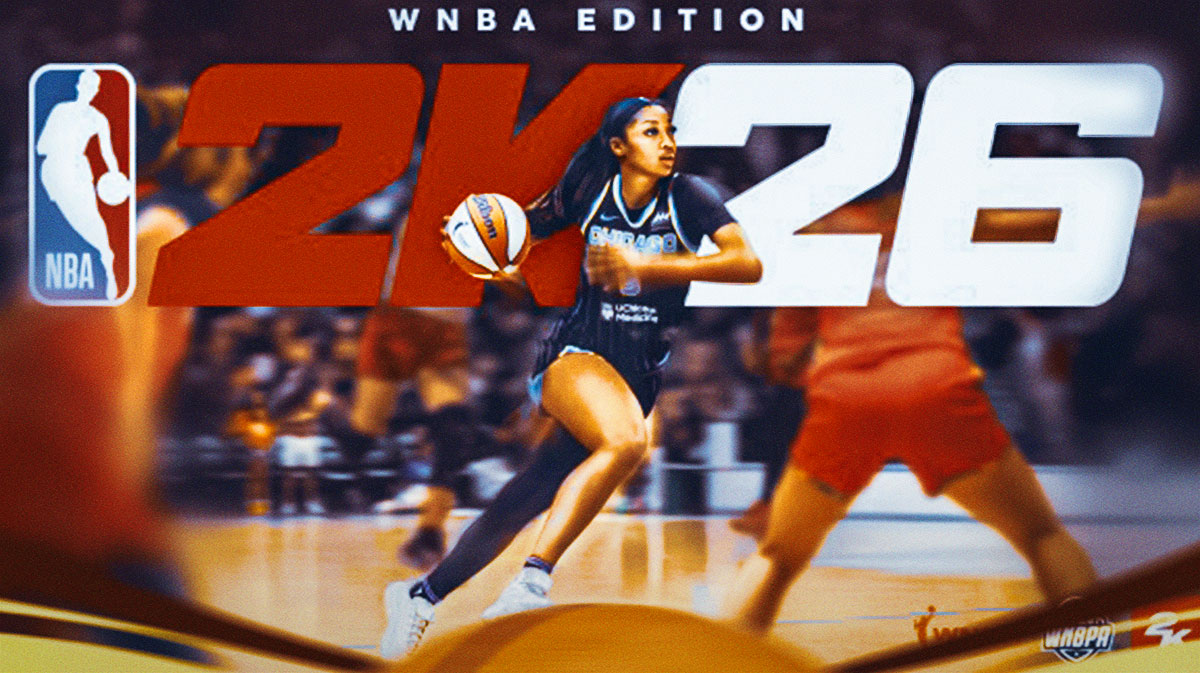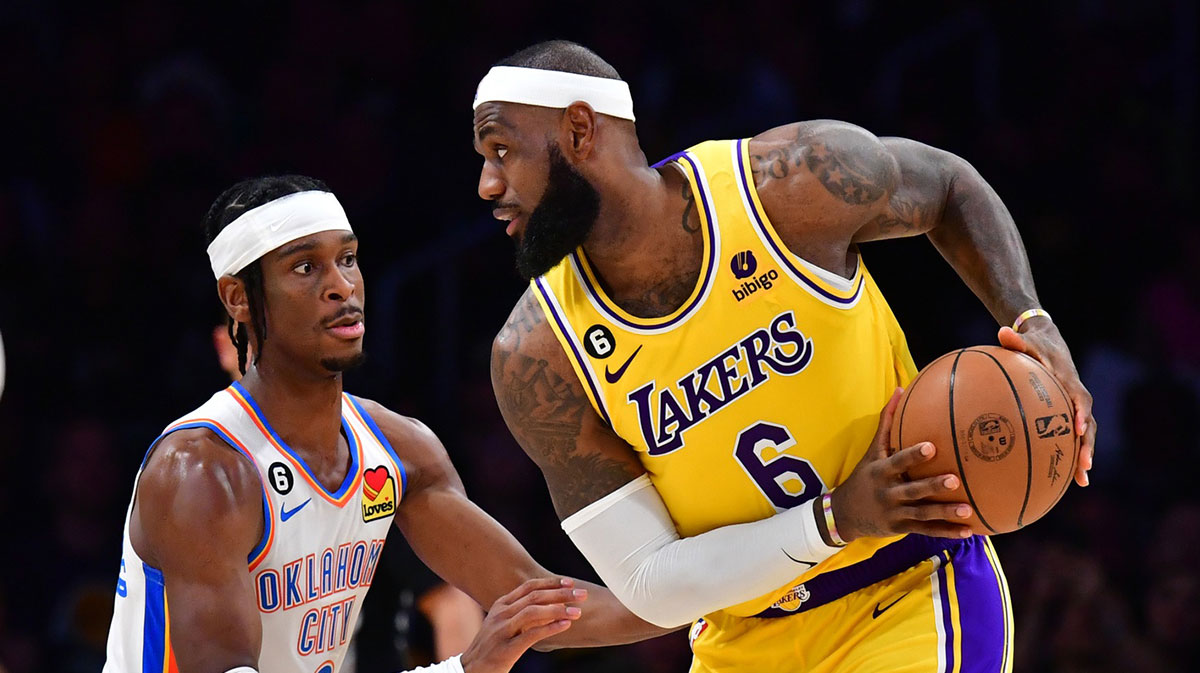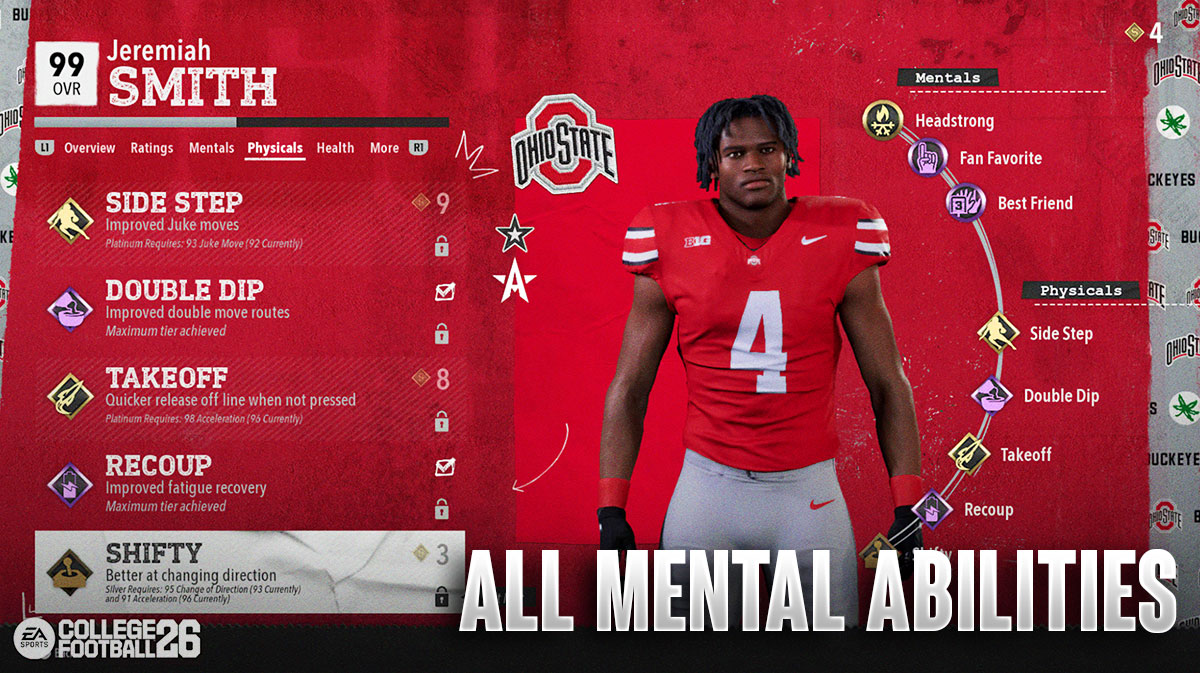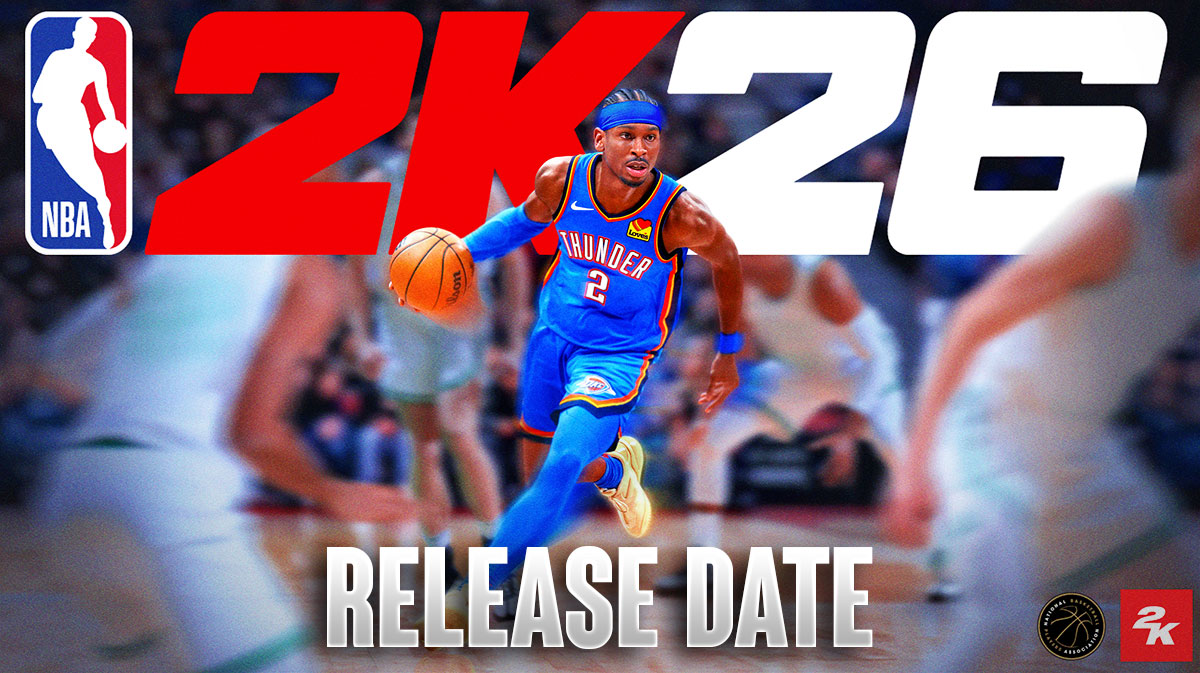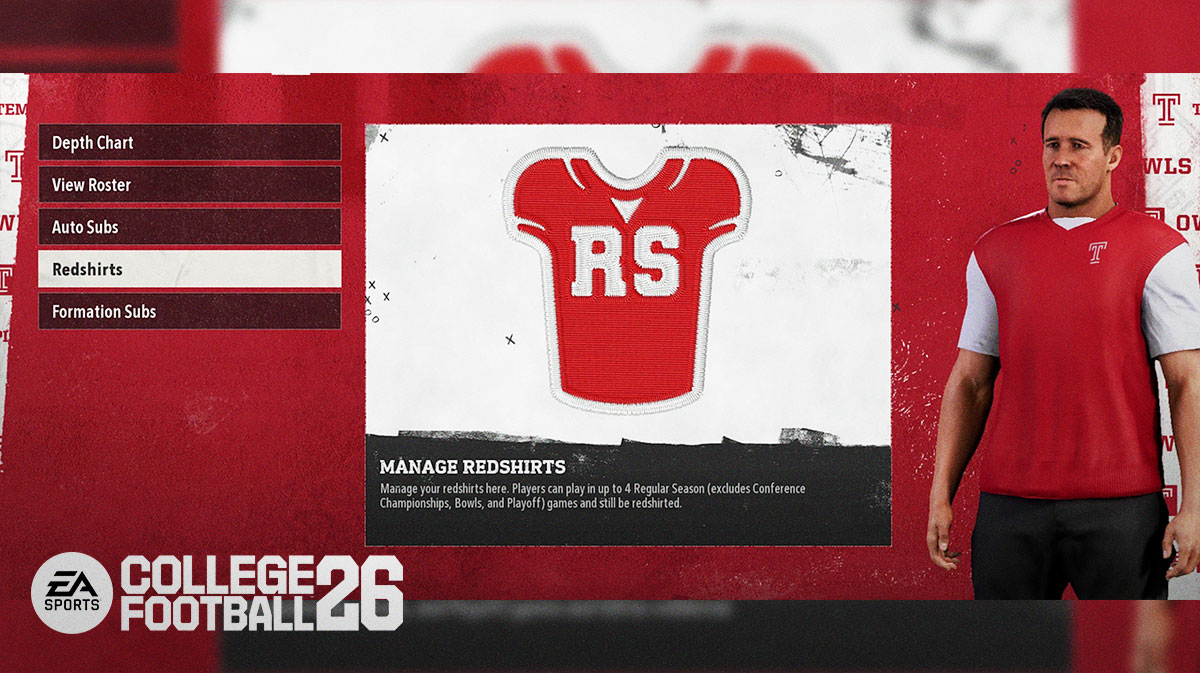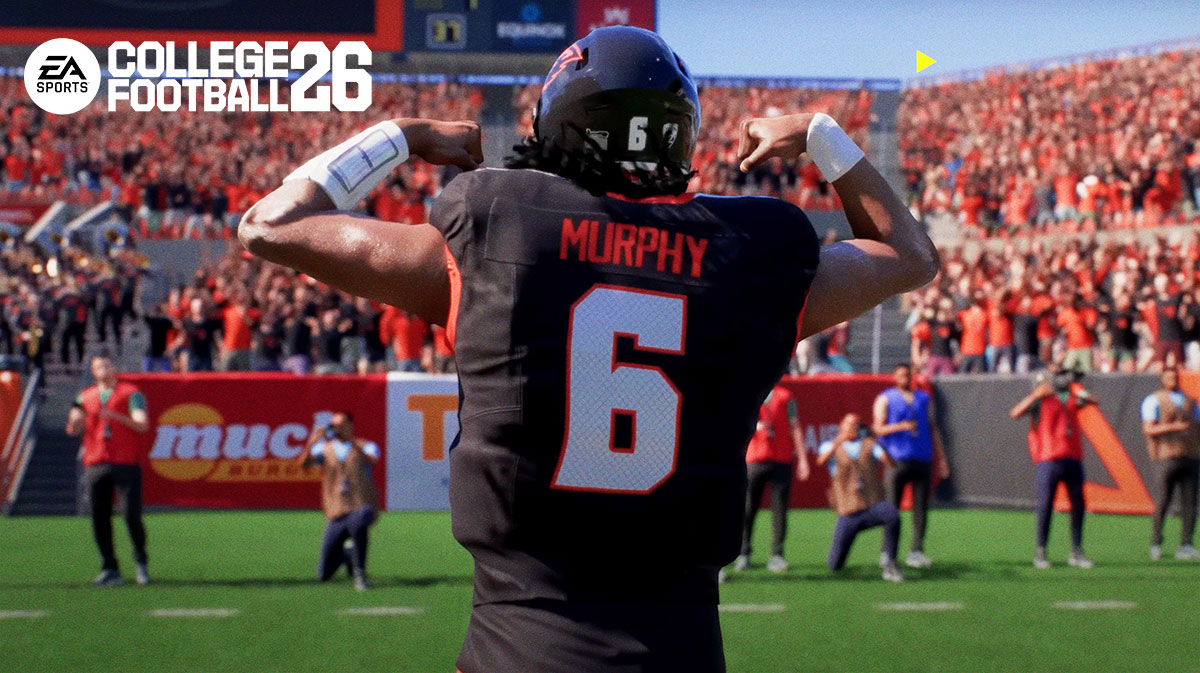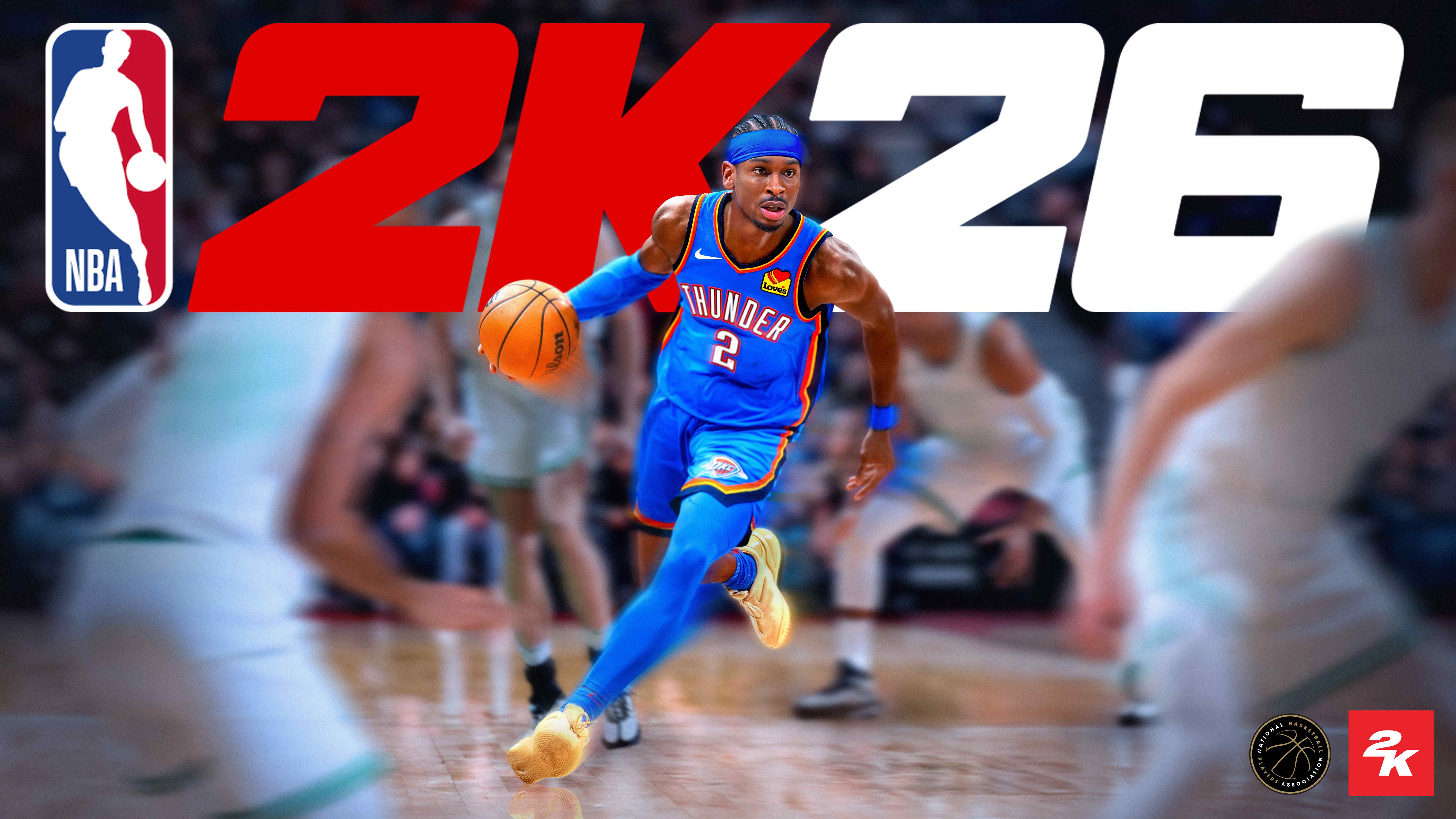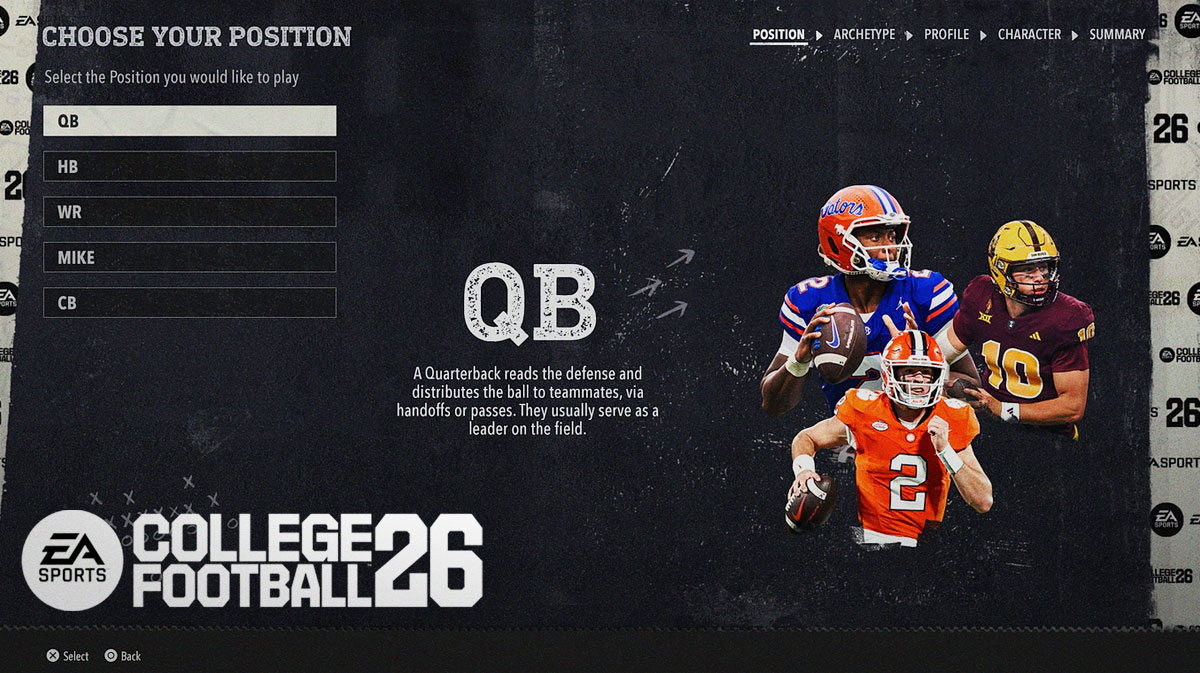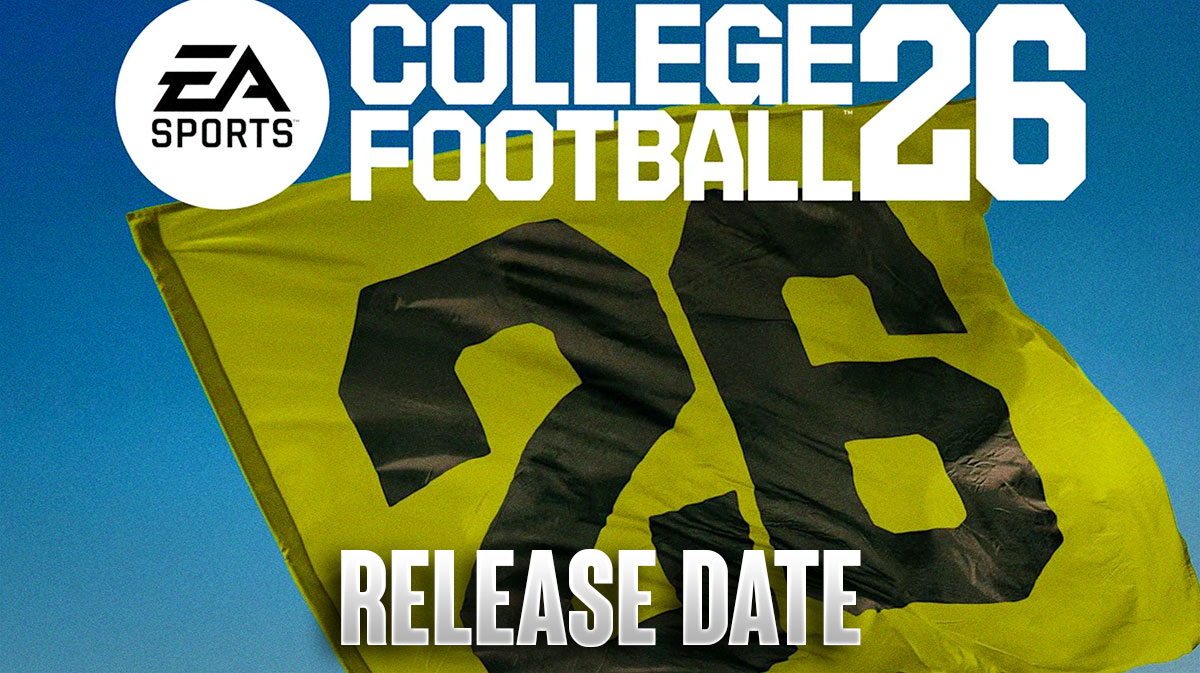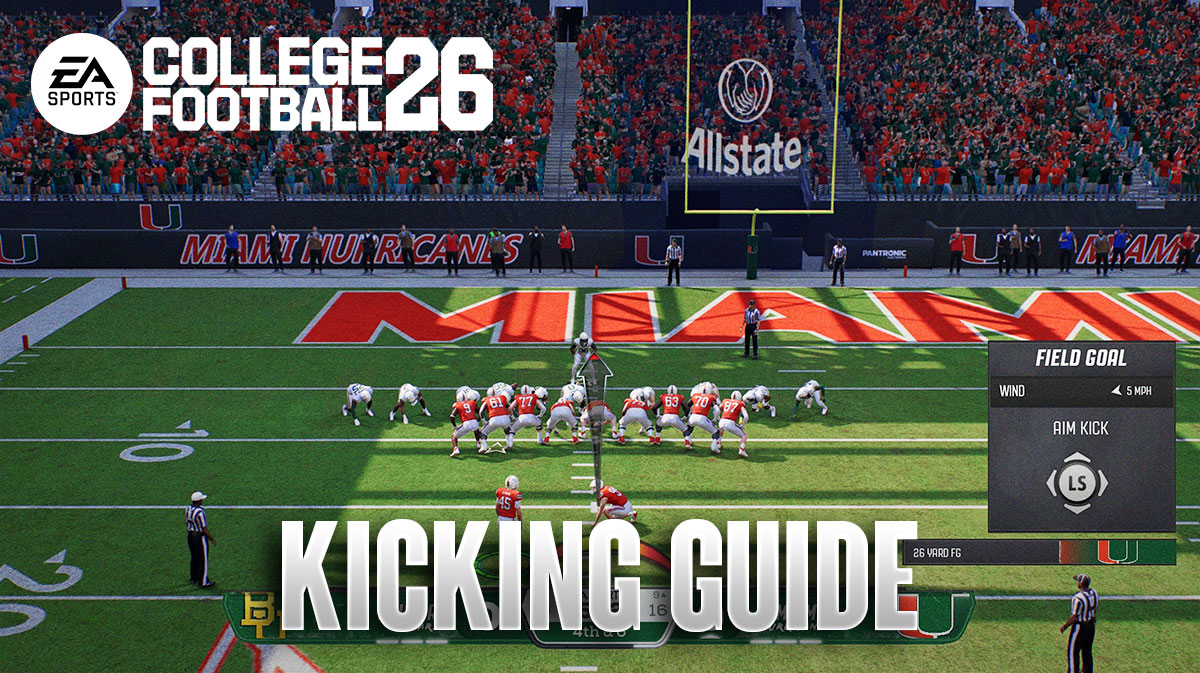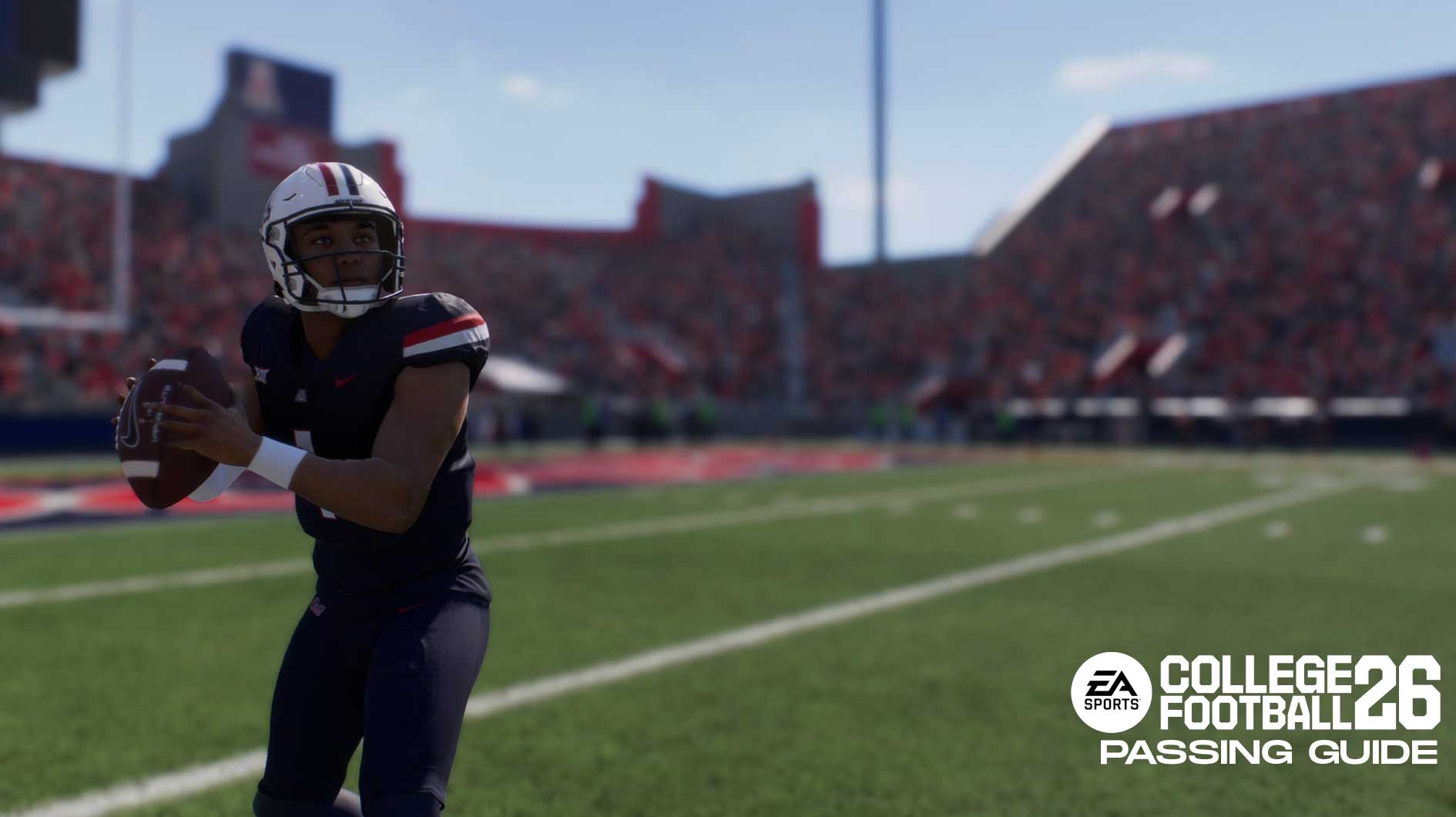Stuck with Split five times in a row? VALORANT players have long been calling for a way to pick the maps they get upon loading into a game. The dev team has listened to those concerns and introduced a change to increase the variety of maps that players can get in succession. The new map selection process – dubbed the “deterministic map system” – will supposedly reduce the number of repetitive maps but it still won't let players choose the maps they want for themselves.
Ever since the game's launch, VALORANT players have clamored for a system where they can pre-select maps while queueing up. Play the game enough times and you'd get quite sick of the same seven maps, after all. Not to mention that the randomization sometimes ends up giving you Fracture twice in a row or Icebox thrice in four or five games, for example. On Riot's end, the dev team has cited issues of competitive integrity and not wanting to drag out queue times (ahem, see League of Legends' queue times for higher elos).
As a compromise, VALORANT is now introducing the new deterministic map selection system, which has launched worldwide just this March 4. The new process was refined based on initial testing in the Latin America (LATAM) servers, but now the global community will get to find out just how well the system works and whether it can appease fans. The whole idea is to reduce repeat maps based on players' recent history.
How does deterministic map selection work in VALORANT?
Map selection will take place after a full lobby has been found. The system will first take note of all the maps that the players have gotten across their last five games for that game mode. Then, it eliminates the maps if the player has already played there twice. Out of the remaining options available, the system will select the least played map to load.
However, there's an exception given the already small number of maps available. It's likely that all the maps get disqualified by the “twice played” rule. In which case, the system will disregard that rule and simply pick the map that has been played the least by the users in the lobby. For ties, the maps will again be selected at random from the remaining options.
These rules do have a chance of giving players a map that they happened to play in the previous game. After all, the elimination is based on the last five games played, not just the previous one. So you could still get Split twice in a row if that happens to be the least played among the matched up players, but not more than twice in five consecutive games.
Still, some players say they want to be able to select the map to queue up for, suggesting indicating multiple options so that not everyone waits to get the more popular maps like Ascent or Haven. However, others also acknowledge that they wouldn't want queue times to stretch out to half an hour or so.
In the end, the system is just meant to increase variety, not really enable catering to individual preferences. For now, VALORANT devs will monitor how well the new deterministic system fares and whether it can afford players the map diversity that they are looking for.

